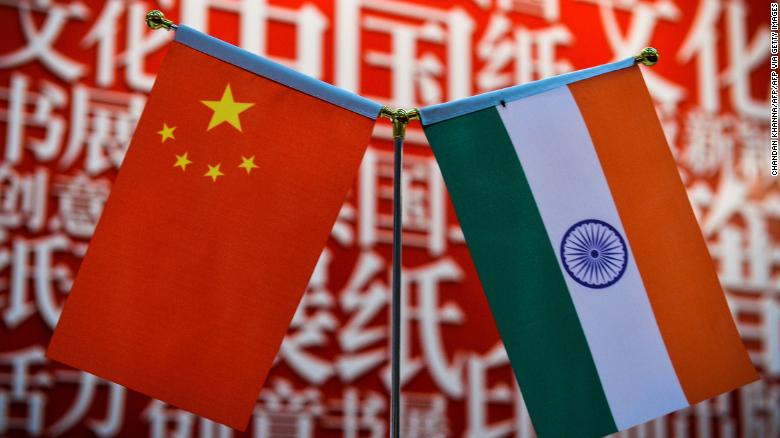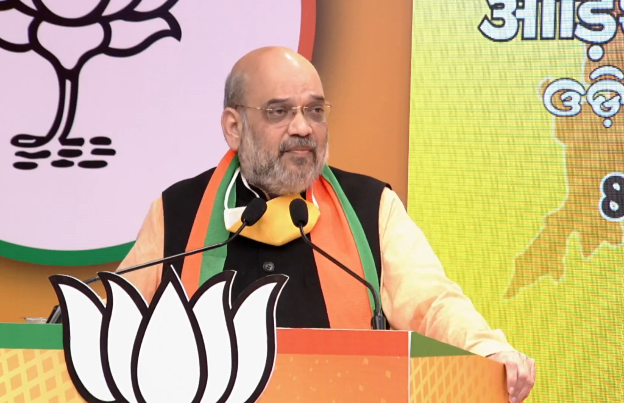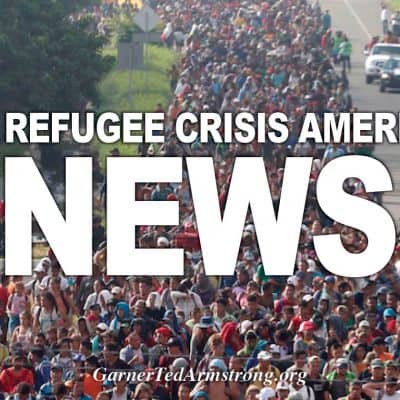
China and India have been engaged in an ongoing border dispute along the Line of Actual Control (LAC) in the Himalayas.
Tensions have been growing in the Himalayas along one of the world’s longest land borders, with New Delhi and Beijing both accusing the other of overstepping the Line of Actual Control (LAC) that separates the two. The territory has long been disputed, erupting into numerous minor conflicts and diplomatic spats since a bloody war between the countries in 1962.
On Saturday, military leaders met at the border to “peacefully resolve the situation in the border areas,” according to a statement from India’s foreign ministry. Even today, just what occurred on the ground in the highly militarized region remains unclear — in part because the main body of this distinctly 21st-century conflict has so far mostly played out through propaganda, strategic leaks, and aggressive posturing in the media.
Ahead of Saturday’s meeting, Chinese broadcasters aired footage of People’s Liberation Army (PLA) maneuvers in the region —
complete with planes and trucks full of troops — in what state media
described as “demonstrating China’s capability of quickly reinforcing border defenses when necessary.” Unconfirmed — and in some cases, debunked — videos have also
circulated on both Chinese and Indian social media purporting to show troop incursions and scuffles between soldiers.
Writing in India’s Hindustan Times, strategic affairs analyst Shishir Gupta said Sunday that Chinese reports on PLA maneuvers were part of a “disinformation campaign” designed to sap Indian resolve, and “overwhelm the enemy into panic so that his capacity to negotiate is weakened.”
Jingoistic rhetoric
Both Chinese President Xi Jinping and Indian Prime Minister Narendra Modi have built public support in large part on
nationalism and a promise of future greatness. This often translates into jingoism and aggressive rhetoric, particularly when playing to a domestic audience.
Such an approach was evidenced in Chinese coverage of the PLA maneuvers in the Himalayas. Equally, despite Delhi’s announcement Saturday of easing tensions, leading Indian government figures struck an aggressive tone Monday, with Home Affairs Minister Amit Shah
telling a rally of the ruling Bharatiya Janata Party (BJP) that “any intrusion into the borders of India will be punished.”
“Some used to say that US and Israel were the only countries which were willing and capable of avenging every drop of the blood of their soldiers,” Shah said. “(Modi) has added India to that list.”
Defense Minister Rajnath Singh also weighed in Monday, saying: “I would remind everyone, India’s leadership will not let our self-respect suffer. India’s policy is clear, we won’t hurt any country’s integrity and dignity. At the same time, we will not let any country to hurt our integrity.”
Their statements came amid growing pressure from opposition parties to take a stronger line, with the Congress party’s Rahul Gandhi repeating claims that Delhi was downplaying the scale of the Chinese incursion,
saying in a tweet “the media is muzzled and terrified. The truth seems dormant.”












